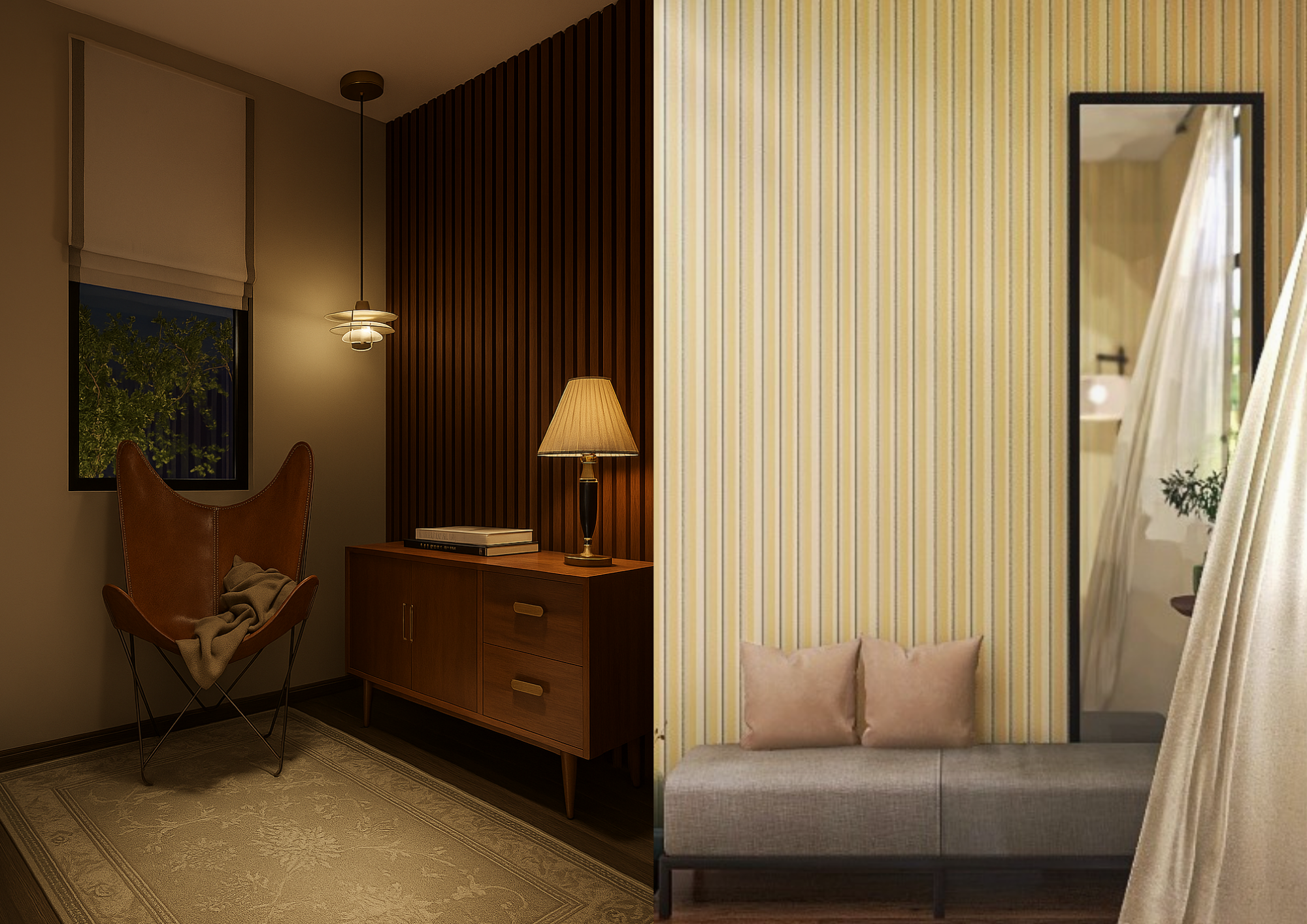A Beach Walk Day, Discovering The Elements Of Design
When I have free time (sometimes I have to force myself to make some free time...), I like to go for a walk on the shore or just sit on the sand at the local beaches, especially Hollywood beach or Mandalay beach in Oxnard.
If you are not familiar with those beaches, check them out → Mandalay Beach Oxnard , Hollywood Beach Oxnard
Mandalay Beach, Oxnard
Today, I would like to share about one of my recent walks on Mandalay beach. I think I was walking on the sand for about an hour, and it was very hot under the sun but at the same time I felt very refreshed because the ocean wind was so comfortable. One of the reasons why I like to walk and spend time by the water is because many of the houses are beautifully designed and built with unique character. I like to see them and just imagine what they look like inside or how the floor plans are designed. I just like to see the architect's building design.
So, after 40 minutes(ish) of walking on the beach, I found a very stunning and unique design. The beach house has big, curved arch windows and a seamless design. I stopped and stayed for a few minutes looking at the house. Its big balcony looks like a stage that goes out to the ocean side, its arched windows (curved line) go into a cuboid object (which is a house), and the house’s design is very minimalistic. Why does this house stand out to me? Also, why isn’t it boring to look at this house?
Element of Design; A Beach House in Oxnard
It's because it has a focal point centered on an arched window that introduces a sense of movement in visual design, even if the color is just white and you can only see glass material. This is all about what we call Element of Design. In Interior design, when a designer creates a harmonious and balanced space, it needs to consider the elements of Interior Design which are Space, Line, Shape, Color, Texture, Light, and Pattern.
So, in this blog I would like to share about how lines affect physiology and how you can choose or avoid your space. Lines help guide the eye, give direction and express movement in space. But also, lines influence your mood. Lines can communicate emotions and feelings that can be relaxing, anxious, or anywhere in between.
-Vertical lines-
Vertical lines can make a space feel taller by drawing the eye upward. They often create an elegant or formal atmosphere, though if overused, they can feel a bit dominant or even aggressive. If you want your space to feel more open or airy toward the ceiling, vertical lines are a great choice to include in your design. Try using wallpaper or decorative wall panels to emphasize that vertical lift.
-Horizontal lines-
Horizontal lines are the opposite of vertical lines. They make a space feel wider and they naturally lower the eye level. They also bring a sense of calm, stability, and restfulness. If a wall feels empty or lacks visual interest, horizontal lines can create a strong focal point when used with patterns or shelves.
-Diagonal lines-
Diagonal lines bring a sense of movement, direction, and energy to a space. They can add a dynamic feel, and help create unique, eye-catching designs. But too many diagonals might make a space feel restless or off-balance.
When used thoughtfully, diagonal lines can produce a bold, vibrant atmosphere. Here’s an example image showing how diagonal lines are used in a space.
-Curved Lines-
Curved lines have a soft, graceful quality that brings movement and rhythm into a space. These shapes are inspired by nature, and they can help reduce stress while encouraging a sense of calm. Even the feel of a curved surface is usually soft and comforting. Curved designs also tend to take up more space than other lines, which makes them great for creating standout features. But if you use too many, the room might start to feel visually crowded or unbalanced.
Next time you’re planning a space, look at how lines are working for you, or against you. A simple shift in direction might be all it takes to turn a bland corner into a standout feature or a stiff room into a soft retreat.
Try it and see what feelings unfold.






